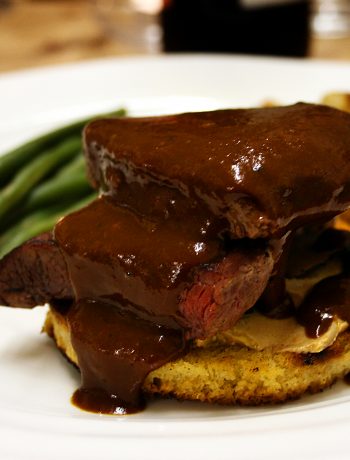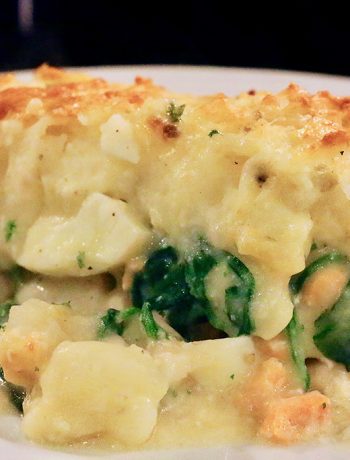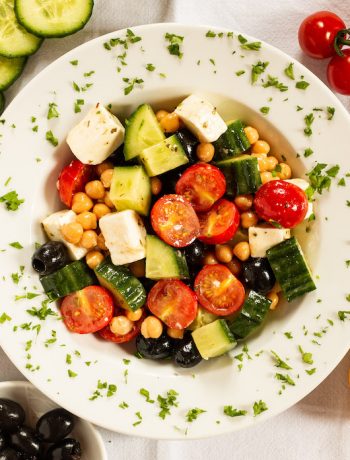The pheasant crumble pie is the favourite dish of none other than His Royal Highness, Charles, Prince of Wales, Duke of Cornwall and Duke of Rothesay.
With a near limitless supply of game birds from the Royal estates and the Duchy of Cornwall, it is not surprising that Charles prefers to eat from his own fields and forests. In doing so, he is not only saving money, but also conserving rural landscapes and providing wildlife habitats (despite what the blood sports naysayers might have to grumble).

The Prince is quite keen on food, and takes a great deal of interest in what the royal chefs are producing. It was most likely during one of his many expeditions to the kitchen that he will have had handed over a recipe for pheasant crumble pie apparently gifted by a friend. A similar excursion to the bowels of Windsor Castle will have been the start point for the Prince’s famous invention ‘grousakka,’ which is essentially a Greek moussaka made with estate-shot grouse.
As a keen farmer and follower of country pursuits, the Prince finally caved into to relentless requests from the Features Editor of Country Life to guest edit an edition of her magazine. This coup was finally achieved on 14 November 2018.

Among a series of articles covering the importance of the countryside, showcases for food producers, and comments on his environmental legacy of, Charles revealed the recipe for his favourite dish – the pheasant crumble pie. The recipe was accompanied by a video (below) of John Williams MBE, head chef of the Michelin-starred Ritz restaurant, making a version of the pie.
When we saw the clip, we simply had to make the dish. Everything about it is perfect for the application of pheasant. There is a creamy sauce that completely does away with the dryness common in pheasant dishes. The crumble top is spiked with smoked bacon, which echoes the countless roast pheasant recipes that lard the bird with pig strips. Importantly, there is not a thing about it that is difficult, so long as you know your way around a velouté.
HRH suggests that this dish will feed four people. If he thinks that, I would plan on a McDonalds on the way home from the palace should you be invited for dinner. One bird will feed two. For four, you need a brace.
Pheasant crumble pie
Ingredients
- For the stock:
- 1 pheasant
- 1 medium onion, cut into a medium dice
- 1 large carrot, cut into a large dice
- 4 sticks of celery, cut into quarters
- 2 bay leaves
- Large sprig of thyme
- 6 juniper berries
- 4 peppercorns
- Splash of sherry
- For the roux sauce:
- 40g butter
- 40g plain flour
- 300ml of the pheasant stock made above
- 100ml double cream
- 2 tbsp fresh chopped parsley and thyme
- Seasoning
- For the crumble:
- 170g butter
- 50g white breadcrumbs
- 30g Parmesan, finely grated
- 2 smoked streaky bacon rashers
Instructions
To make the stock, place the whole pheasant in a large saucepan and cover with water. Add all the other ingredients, except the sherry, and cover with a cartouche of baking paper.
Bring to the boil, then turn down to a slow simmer and cook for about 30 minutes, before checking that the bird is just cooked (70˚C in the leg). Turn off the heat and leave the bird in the water for 10 minutes. Remove and cover with the bird with foil.
Bring the poaching liquor back to the boil, reduce until it develops a good stock flavour. Strain.
In a clean pan, add the sherry and reduce until syrupy, then add the strained poaching liquor and reduce to about 600ml. You will need half of this to make the sauce. Freeze the rest for another day or reduce even more into a useful glaze and freeze.
Make a roux by melting the butter in a pan, adding the sieved flour and mixing to a paste. Cook the roux for several minutes, and gradually start adding the pheasant stock, stirring all the time, until it becomes a thick velouté. Add the chopped herbs and cream, then check the seasoning.
Remove the breasts and legs from the pheasant, shred them by pulling the meat lengthways between two forks, add to the sauce and keep warm.
To make the crumble topping, melt the butter in a frying pan, add the breadcrumbs and stir constantly until they are golden and crispy. Turn them on to kitchen paper to soak up the excess butter and add the Parmesan cheese.
Cook the bacon until crispy enough to crumble into medium fine pieces and add them to the breadcrumbs. Add some chopped herbs if liked.
Place the pheasant and sauce mixture into a pie dish, sprinkle with the crumble and finish in the oven at 180˚C until heated through (about 10 mins).
Notes
The velouté made here is thicker than a normal velouté and uses twice the roux to half the stock. The cream loosens it a little. Our friend Tom Johnston has suggested that the butter quantity for the breadcrumbs is too much. Experiment – you may be able to at least halve it – he used a third the amount.



 (15 votes, average: 4.13 out of 5)
(15 votes, average: 4.13 out of 5)


4 Comments
Jane Summerfield
13/07/2020 at 12:10 pmAlways struggled to cook pheasant. Tried this and absolutely delicious. I think next time I might try tarragon instead o parsley.
Nigel Eastmond
13/07/2020 at 4:26 pmThis is one of two pheasant dishes that can always be relied on to be nice and moist. The other is salmis (also on this site), but that is a monumental faff to do from scratch. I am glad you enjoyed it. Credit has to go to Chef John Williams.
Eliza Stuart
21/12/2021 at 7:54 pmCan you freeze this once cooked ?
Nigel Eastmond
21/12/2021 at 8:17 pmAbsolutely, yes.